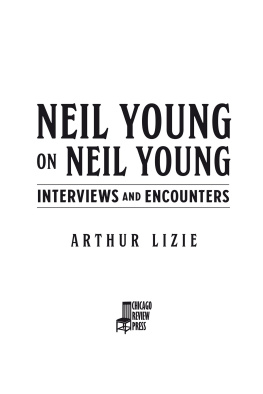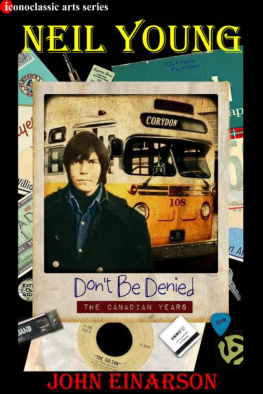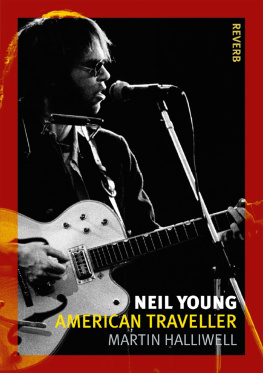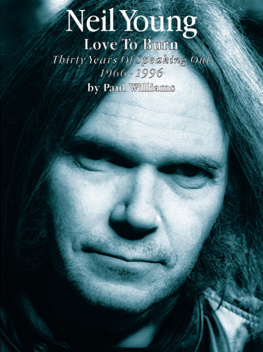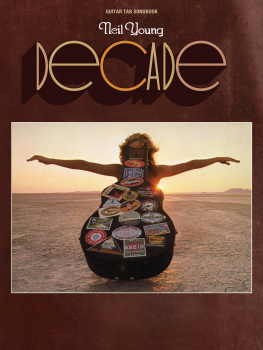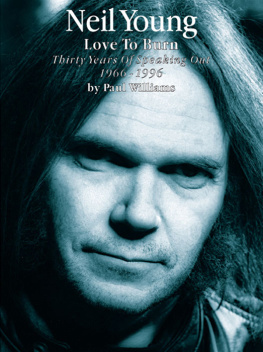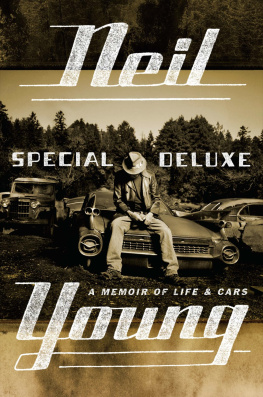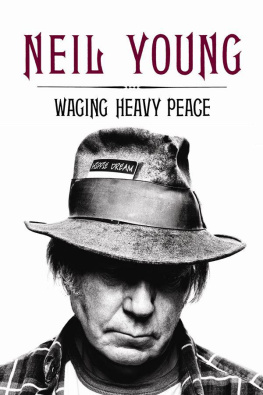Sommaire
Pagination de ldition papier
Guide
OTHER BOOKS IN THE MUSICIANS IN THEIR OWN WORDS SERIES
Bowie on Bowie: Interviews and Encounters with David Bowie
The Clash on the Clash: Interviews and Encounters
Cobain on Cobain: Interviews and Encounters
Coltrane on Coltrane: The John Coltrane Interviews
Dolly on Dolly: Interviews and Encounters with Dolly Parton
Dylan on Dylan: Interviews and Encounters
Fleetwood Mac on Fleetwood Mac: Interview and Encounters
George Harrison on George Harrison: Interviews and Encounters
Hendrix on Hendrix: Interviews and Encounters with Jimi Hendrix
Joni on Joni: Interviews and Encounters with Joni Mitchell
Judy Garland on Judy Garland: Interviews and Encounters
Keith Richards on Keith Richards: Interviews and Encounters
Led Zeppelin on Led Zeppelin: Interviews and Encounters
Lennon on Lennon: Conversations with John Lennon
Leonard Cohen on Leonard Cohen: Interviews and Encounters
Miles on Miles: Interviews and Encounters with Miles Davis
Patti Smith on Patti Smith: Interviews and Encounters
Springsteen on Springsteen: Interviews, Speeches, and Encounters
Tom Waits on Tom Waits: Interviews and Encounters
The Who on the Who: Interviews and Encounters
Copyright 2022 by Arthur Lizie
All rights reserved
Published by Chicago Review Press Incorporated
814 North Franklin Street
Chicago, Illinois 60610
ISBN 978-1-64160-466-6
Library of Congress Control Number: 2021942199
A list of credits and copyright notices for the individual pieces in this collection can be found on pages 345346.
Interior layout: Nord Compo
Printed in the United States of America
5 4 3 2 1
This digital document has been produced by Nord Compo.
For my parents,
Arthur and Mary
Acknowledgments
Assembling this book was a pleasure, but, like Neil, I didnt do all the work myself. Id particularly like to thank:
All of the contributing authors. Without them there literally would be no book.
Carleen Loper and Mary Ellen West from Bridgewater State University Library Services for research help and document delivery.
Dr. Andrew Holman and the Bridgewater State University Canadian Studies Program for funding and support.
Neil fans extraordinaire Scott Sandie, Tom Hambleton, and Thrasher for guidance and encouragement.
Marc Mamigonian for proposing the idea and Ric Dube for being a sounding board and general reference-chaser.
Kara Rota, Senior Editor at Chicago Review Press, for commissioning the book and fielding my endless queries.
Finally, Susan, Eloise, and Orson for convincing me to spend some time away from the keyboard every afternoon for some fresh air and exercise.
Preface
Although Chrome Dreams IIs centerpiece, Ordinary People, begins with an evocation of Fred Zinnemanns 1952 Western classic High Noon, its a quote from a decade later in John Fords The Man Who Shot Liberty Valance that better captures the essence of Neil Young: When the legend becomes fact, print the legend. This quote applies not only to the musical stories Young tells, which often traffic in the magical transition between dull fact and golden mytha point alluded to on 2012s Americana/Alchemy tour with Crazy Horsebut also in the stories we tell about him.
Perhaps the biggest legend perpetuated about Young is that he doesnt talk to the press, that hes a hippie hermit in a hair shirt who barely opens his mouth. As recently as 2018, a major publication promoted a rare interview with Young. This rare interview was published during a week in which more than half-dozen other publications offered their own rare interviews. Print the legend.
What seems true is that Young doesnt like talking to the press. Unless, that is, he has something he really wants to promote, such as Pono, or LincVolt, or his Archives, or his view on Canadian tar sands, or his latest (dont call it a) comeback. Its then that his chat amp goes to eleven. At these times he can be quite generous and, increasingly with age, quite personable.
To be fair, interviews were rarer during the first decade of Youngs career. But, after an initial flourish of minor interviews, he pulled away, suffering shell shock from both his sudden fame with CSNY and Harvest and the typical recreational pitfalls of rock-star celebrity. Over the second decade he built back slowly and, after 1985 and Old Ways, it was rare for much time to pass when he wasnt regularly meeting with the press, always available to promote his new creative project. And to answer the same questionsabout Buffalo Springfield and Crosby, Stills, Nash & Young reunions, about Trans, about supporting Reagan, about cerebral palsy, about the Archives, about audio technologyover and over again (to coin a phrase).
But this seeming contradiction is part of what makes telling the Neil Young story so difficultor rather, so much fun: hes a study in opposites. He is the infrequent interviewee who cant stop talking to reporters. Hes the sensitive acoustic guy who can make your ears bleed. Hes the counterculture hero who supported Reagan. Hes the leave-the-bad-notes-in guy wholl talk your ear off about digital audio bitrates. Hes the ordinary dude youd smoke weed with who dated Hollywood actresses. Back and forth: he is the ocean.
Another legend we tell about Young concerns his fierce individualism. While there is no denying he has always pretty much done what hes wanted, and youd be hard pressed to say hes not his own person, he doesnt always do what he does on his own. Hes not only The Loner, but also The Leaner, resting against a vibrant network of creative support. From the Mynah Birds to Buffalo Springfield to Crosby, Stills & Nash and countless backing bands, including the Stray Gators, Promise of the Real, and, of course, Crazy Horse, Young has more often than not relied on other musicians to help make his music. And this spreads beyond guys with instruments (lets face it, he mainly works with guys) to other collaborators, such as producer David Briggs, manager Elliot Roberts, engineer John Hanlon, and directors Jim Jarmusch and Jonathan Demme. And, in this volume, cointerviews with R.E.M.s Peter Buck and producer Daniel Lanois. Another contradiction.
That being said, this volume avoids group interviews: too little Neil Young is covered in too many words. This is particularly true of CSNY interviews, which are their own beast and well collected in Dave Zimmers 4 Way Street reader. Likewise, while Rolling Stone was a major early Young supporter, the magazines 1994 compendium ably covers that material.
But this is about all the sense I want to make of Neil Young in this introduction. The point is to let Youngs own words tell his story. To that end, the chronological chaptersculled from press conferences, magazines, radio appearances, and online interviews, from sources famed, fleeting, and forgottenwere selected with an eye toward both telling the overall Neil Young story and illuminating key events, ideally with little repetition from chapter to chapter (although some creeps insorry). Each chapter includes a brief contextualizing introduction, especially important at times when theres a big gap between years. Lets roll: here we are in the years.
The Buffalo Springfield Message
Jeffrey C. Alexander | September 17, 1967 | Los Angeles Times
Buffalo Springfield began playing Los Angeles gigs in early 1966. They released their eponymous debut album in early December, followed by their only top-ten single, For What Its Worth. This interview took place after the summer 1967 release of the stalled single Bluebird / Mr. Soul, just prior to Octobers

